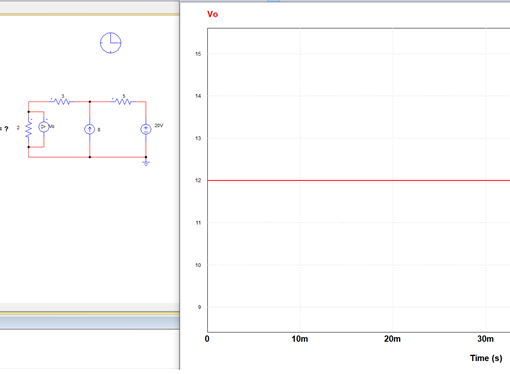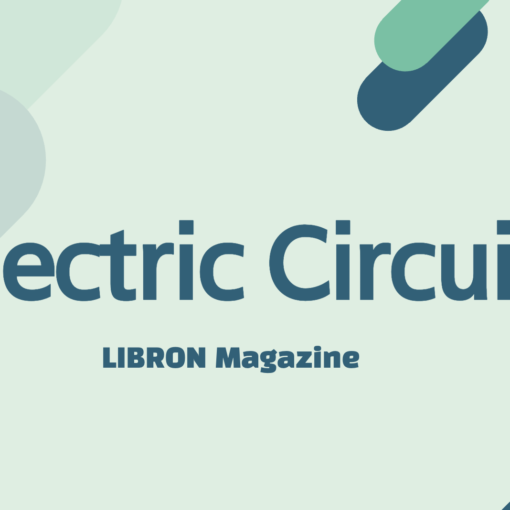- Keywords : Diode / Single phase diode bridge rectifier / Three phase diode bridge rectifier
: Half-wave rectifier / Full-wave rectifier
In this post, we are going to study how diode and rectifier circuits operate.
‘Diode rectifier’, have you ever heard about it? When we start to study power electronics, we can see this word easily.
Diode bridge rectifiers are divided by two parts. One is single phase diode bridge rectifier and another is three phase diode bridge rectifier.
Single phase and three phase. We can guess single phase is easier than three phase from the name. Do you agree with my opinion? No matter what.
Let’s just study single phase diode rectifier prior to three phase diode rectifier.
First of all, we need to know diode! Let’s check together.
1. Diode, what is it?

Diode has Anode and Cathode.
– current can flow from anode to cathode.
– current can not flow from cathode to anode.
If you can’t catch up with it. Next figures help your understand.
1.1 Simple diode circuit (Half-wave rectifier)

- AC input voltage : Peak amplitude = 100V, frequency = 60Hz
- Resistor : 10Ω
- A diode between AC input voltage and resistor
I made a circuit for your comprehension. This circuit consists of some elements. A AC Voltage Source, a diode and a resistor. The resistor is used as load.
It means that we don’t consider inductive or capacitive load.
1.2 Waveform of half-wave rectifier

Above waveform is result of the above circuit.
- Period ‘①’ : Input voltage > 0, a Current flows in the circuit.
- Period ‘②’ : Input voltage < 0, a Current can’t flow in the circuit.
AC voltage source usually repeats positive polarity and negative polarity. So, if there is no diode in the circuit, output voltage will repeats positive and negative. Shape of output voltage will be same with shape of input voltage. (Both input voltage and output voltage is AC)
By adding a diode, waveform of output voltage(resistor voltage) is changed to DC!
When the input voltage is negative polarity, current can not flow through diode. Thus, voltage can’t be formed across the resistor.
As a result, we get DC voltage across the output resistor. Let’s check the second waveform of Fig.3. The lowest value of the circuit is 0. There is no any negative polarity! This circuit is usually called as Half-Wave Rectifier.
2. Single Phase Diode Bridge Rectifier
Now, we are ready to check Single Phase Diode Rectifier.
2.1 Single phase diode bridge rectifier circuit (Full-wave rectifier)

- AC input voltage : Peak amplitude = 100V, frequency = 60Hz
- Resistor : 10Ω
- Four diodes
Single phase diode bridge rectifier is composed of four diodes. The operation of diodes is dependant of the input voltage polarity(Positive or Negative).
Let’s guess the result of Fig.4. Can you imagine? Then, make sure your guess by checking below figure.\
2.2 Waveform of full-wave rectifier

Unlike half-wave rectifier, current in the circuit flows consistently.
- Period ‘①’ : Input voltage > 0, a Current flows in the circuit.
- Period ‘②’ : Input voltage < 0, a Current flows in the circuit.
But, direction of the current is changed. What happens in this circuit?
Although you can’t understand, don’t worry. Next figure will help you.

- Input voltage > 0, the current flows like ‘Period ①’.
- Input voltage < 0, the current flows like ‘Period ②’.
Thus, voltage and current across the output resistor will be always positive. In other words, there will be no negative polarity across the output resistor. Four diodes make AC change to DC.
Finally, we obtained fully rectified result in single phase bridge rectifier.
3. Three phase Diode bridge rectifier
We need to think about the difference between single phase and three phase. It is simpler than you worry about. There is just one voltage source in single phase circuit. On the other hand, there are three voltage sources in three phase circuit. So, three phase is more difficult than single phase to understand because more devices are needed.
But, let’s think about it. We want to know how it works. Don’t we?
There is a three phase diode bridge rectifier circuit below.
3.1 Three phase diode bridge rectifier

- AC input voltages : 100Vrms line to line, frequency = 60Hz. Each phase has 120º delay.
- Resistor : 10Ω
- Six diodes
Three phase diode bridge rectifier is composed of three phase voltage sources and six diodes. Voltage probes are connected to voltage sources for checking the phase voltages and line to line voltages.
3.2 Waveform of three phase diode bridge rectifier

- Period ‘①’ & ‘⑦’
– |V_bc| > |V_ab| & |V_ca|, V_bc < 0 (→ V_cb > 0)
– Thus, the current flows from V_c to V_b through D5 and D6. - Period ‘②’
– |V_ab| > |V_bc| & |V_ca|, V_ab > 0
– Thus, the current flows from V_a to V_b through D1 and D6. - Period ‘③’
– |V_ca| > |V_ab| & |V_bc|, V_ca < 0 (→ V_ac > 0)
– Thus, the current flows from V_a to V_c through D1 and D2. - Period ‘④’
– |V_bc| > |V_ab| & |V_ca|, V_bc > 0
– Thus, the current flows from V_b to V_c through D3 and D2. - Period ‘⑤’
– |V_ab| > |V_bc| & |V_ca|, V_ab < 0 (→ V_ba > 0)
– Thus, the current flows from V_b to V_a through D3 and D4. - Period ‘⑥’
– |V_ca| > |V_ab| & |V_bc|, V_ca > 0
– Thus, the current flows from V_c to V_a through D5 and D4.
In this post, we studied diode and diode rectifier circuits. How was it? If you couldn’t understand, you’d better check the simulation on your own. Then, you will be familiar with the rectifier circuit.
=======================================================================
Before you read this post, I hope you to remind that I’m English beginner.
There can be many wrong expressions, wrong grammar as well.
So, if you have questions about my post or find wrong expressions and grammar,
Please let me know. I appreciate your favor.
Thank you!
=======================================================================


